Healthy food >>>> Algae for food - names and benefits (Part 2)
Algae for food - names and benefits (Part 2)
Start: Edible Algae - Names and Uses (Part 1)
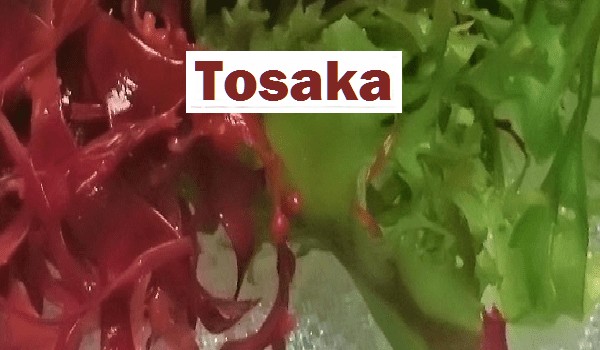
Tosaka nori is an interesting collection of algae of three colors (green, red, colorless), which change depending on the growing conditions of the algae. At great depths, where light does not penetrate, algae lose their color. Tosaka are rich in provitamins A, ascorbic acid, vitamin E , B vitamins, zinc, iodine, potassium, magnesium, selenium.
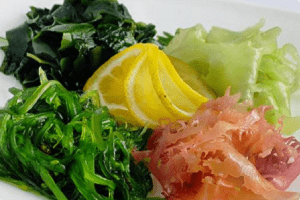
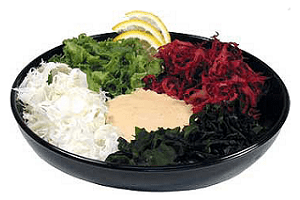
The collection of Tosaka algae is useful for treating gastrointestinal diseases, iodine deficiency and hypovitaminosis. Tosaka "in assortment" can compete with any cabbage salad or salad of green vegetables, as well as a salad of familiar fresh vegetables.
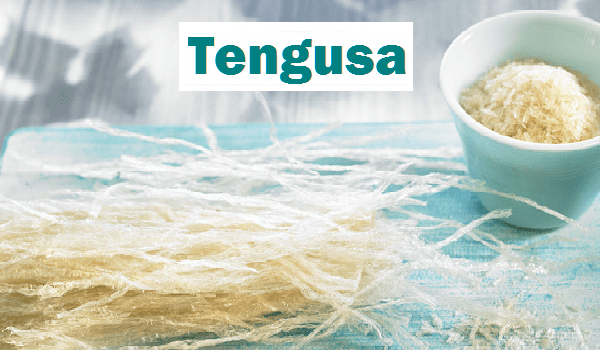
Tengusa (Gelidium) is a red alga rich in vitamin A, vitamin E, vitamin K , all vitamins from group B, trace elements: sodium, potassium, calcium, magnesium, manganese, zinc, phosphorus, copper, iron.
Tengusa serves as a source for the preparation of kanten - the Japanese name for agar-agar, which is used in food as a binder or gelling agent. To obtain a canten, the algae is discolored (at low temperatures it loses its color) and is sold in the form of jelly-like briquettes, dried twigs or powder. Tengusa is used according to the same principle as gelatin (soaked in water and turned into jelly). Tengusa is useful for people suffering from gastrointestinal disorders, as it contains fiber along with pectins and stimulates peristalsis without damaging the mucous membrane of the gastrointestinal tract.
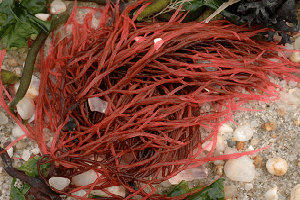
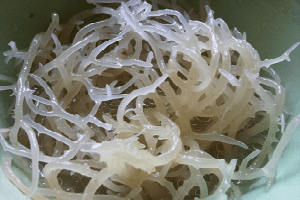
Limu is a Hawaiian exotic, low-calorie brown seaweed used in national cuisine as a source of iodine, iron, vitamin A, vitamins B, fiber and protein, as well as playing the role of an ingredient in ritual dishes. Limu, like all brown algae, is rich in pectins and vitamins-reparants (A, E, B), which creates favorable conditions for its use in diseases of the gastrointestinal tract, violations of the integrity of the mucous membranes and skin. Limu is an excellent source of iodine for iodine deficiency diseases. Due to the fleshy structure of the leaves and, accordingly, the high yield of plant products, Limu is mined on an industrial scale.
Ulwa lactuca (sea lettuces) is a green alga that can replace any salad due to its delicate leaves and an almost complete set of vitamins and minerals. The salty taste of the sea lettuces allows it to be used as an additive to various dishes, including meat and fish. Ulva is used as an independent product, as an addition to side dishes and as a filling for baked goods. Easy to digest, Ulwa is beneficial for diets with bowel disease.
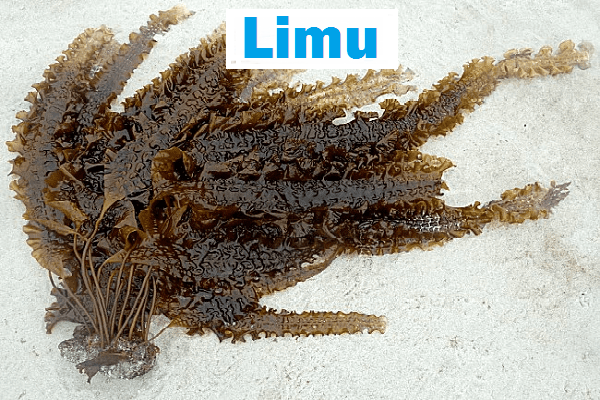
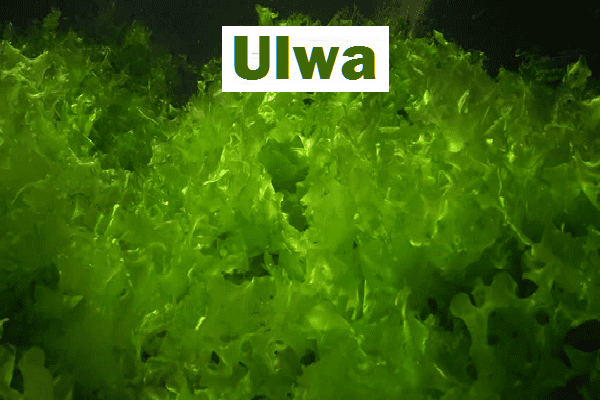
Konbu (dasima, haidai ) is a brown seaweed of the genus kelp, popular in the cuisine of Japan, Korea and China. Konbu mimics the taste of smoked meat and sausages due to one characteristic - the bloom on the leaves of the plant, which contains glutamic acid. It is for this reason that this type of seaweed is an ingredient in many dishes, including soups and sauces - it gives them a smoked flavor. But unlike synthetic sodium glutamate, which is harmful to health, the natural analogue does not cause significant damage to the body. Konbu is a source of large reserves of iodine, provitamins A, fiber and pectin, which is useful for diseases of the endocrine and digestive systems.

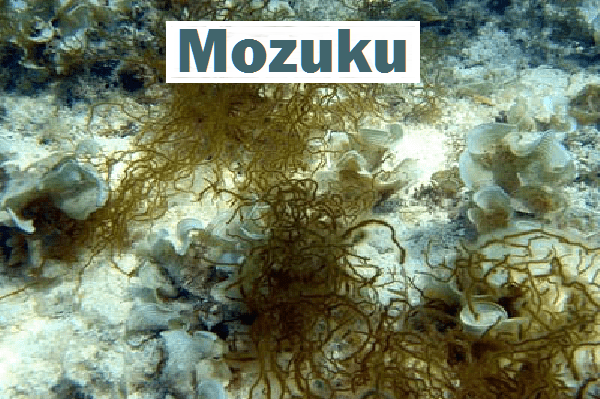
Mozuku - brown exotic of the ocean waters of Japan. This alga is an excellent pharmaceutical product of natural origin, which has a number of valuable medicinal properties: anticoagulant and anti-thrombotic agent, cytostatic (antineoplastic agent), antiviral agent (reduces the permeability of the cell membrane), lipid-lowering agent (lowers the level of lipids (fats) in the blood). All this Mozuku owes to the substance "fucoidan", which occupies 90% of the chemical composition of the alga. Eating Mozuku algae will certainly not cure all of these pathologies, but it is quite capable of playing the role of a preventive food supplement to the diet.
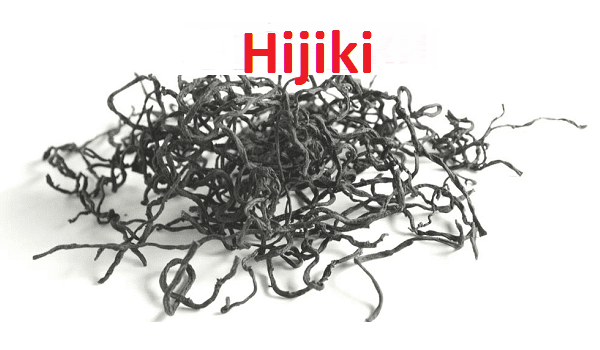
Hijiki (hiziki) - brown seaweed, popular in the cuisine of the peoples of the Pacific region. Only young plants are eaten, since the fibers of the algae are rather coarse. Hijiki seaweed is a source of iodine and calcium, potassium and magnesium, vitamins A and B. But excessive consumption of seaweed is dangerous due to the inorganic arsenic it contains, so some countries refuse to import seaweed as a food product.
Who benefits from algae in nutrition? Algae is a food for plant food lovers, people with gastrointestinal problems and endocrine disorders. Almost all algae, like algae for food, contain a high concentration of pectins, fiber, are almost one hundred percent protein food, brown and red algae are rich in iodine, carotenoids and B vitamins, green algae are reserves of vitamin C and rare vitamin K.

Among its other benefits, algae is a nutritious animal feed and an exceptional plant fertilizer.
Algae are contraindicated in the diet for people who exceed the norms of iodine intake, as well as categorically for pregnant and lactating women due to the increased iodine content in the structure of the plant, for people with kidney diseases (due to the high protein content in the plant) and children under the age of twelve.
Edible Algae - Names and Uses (Part 1)

Read

Read



























